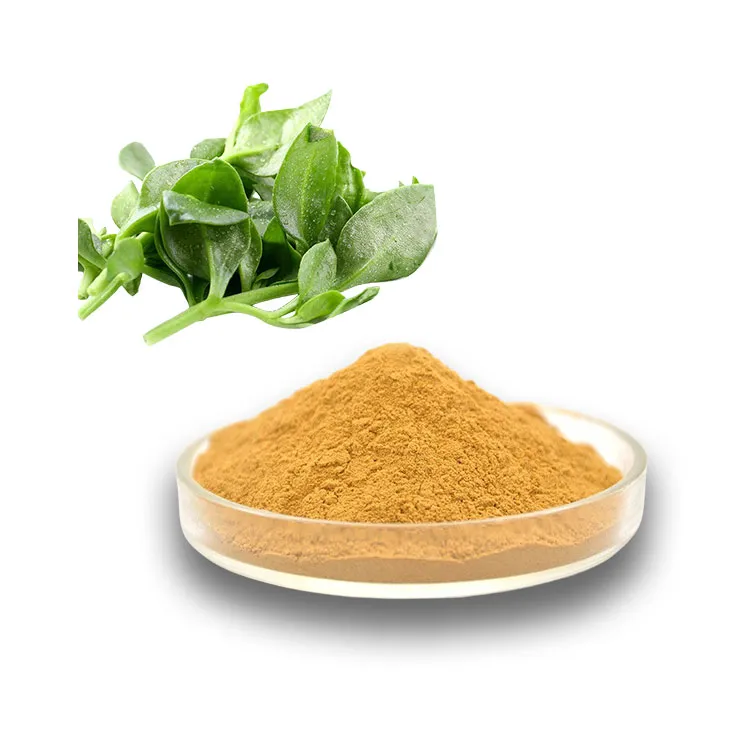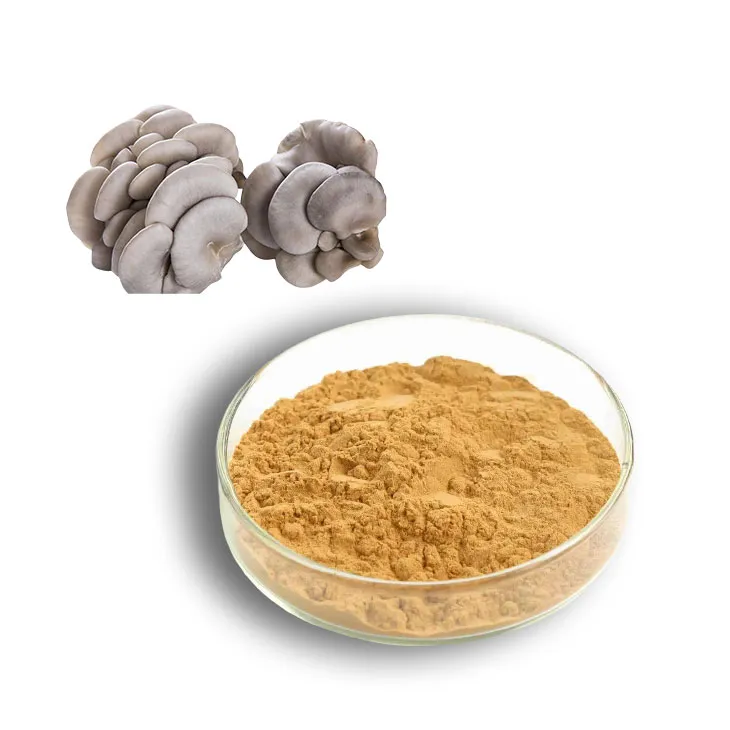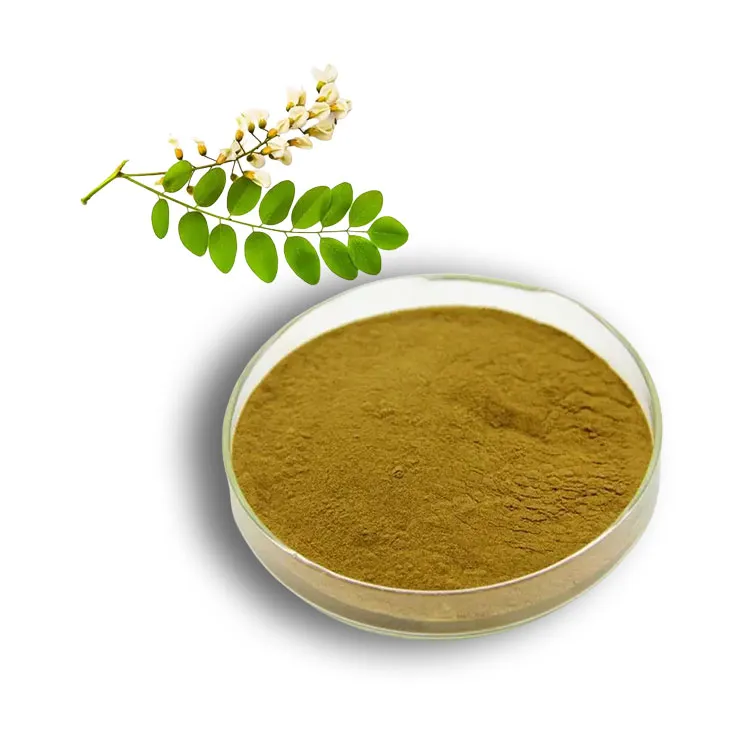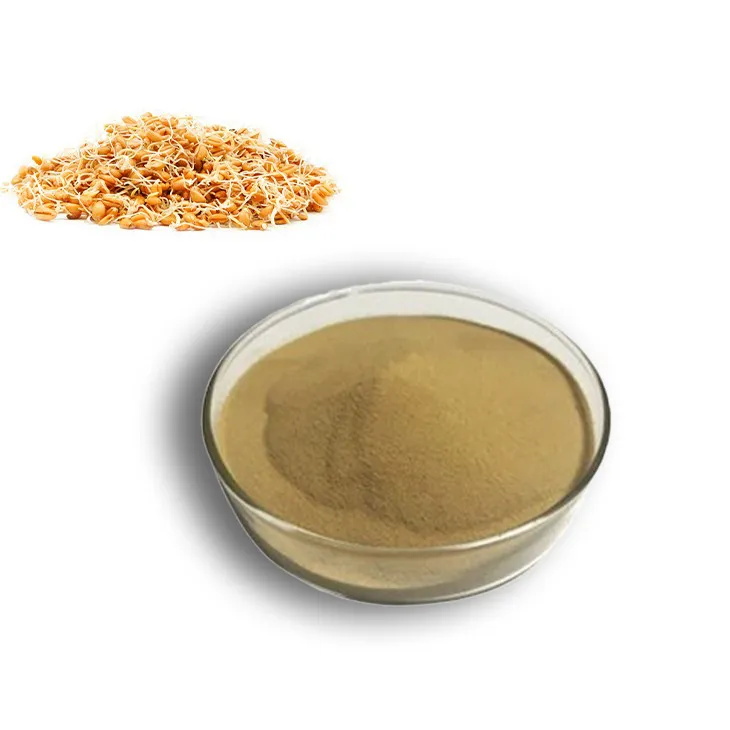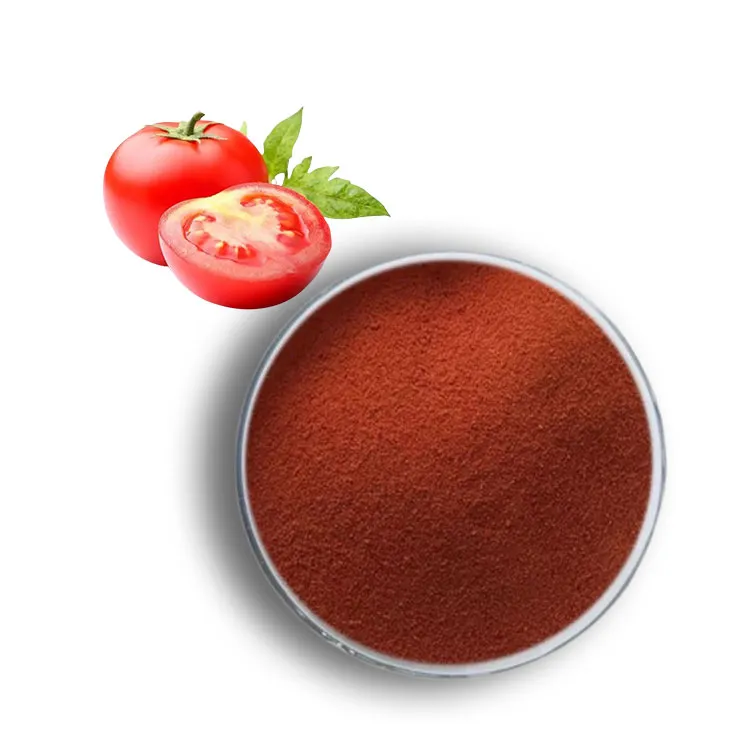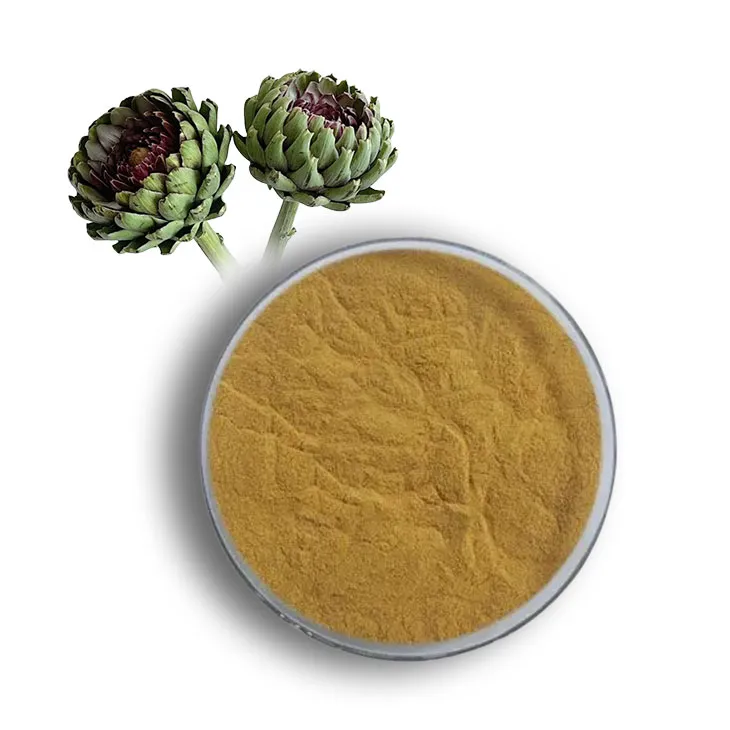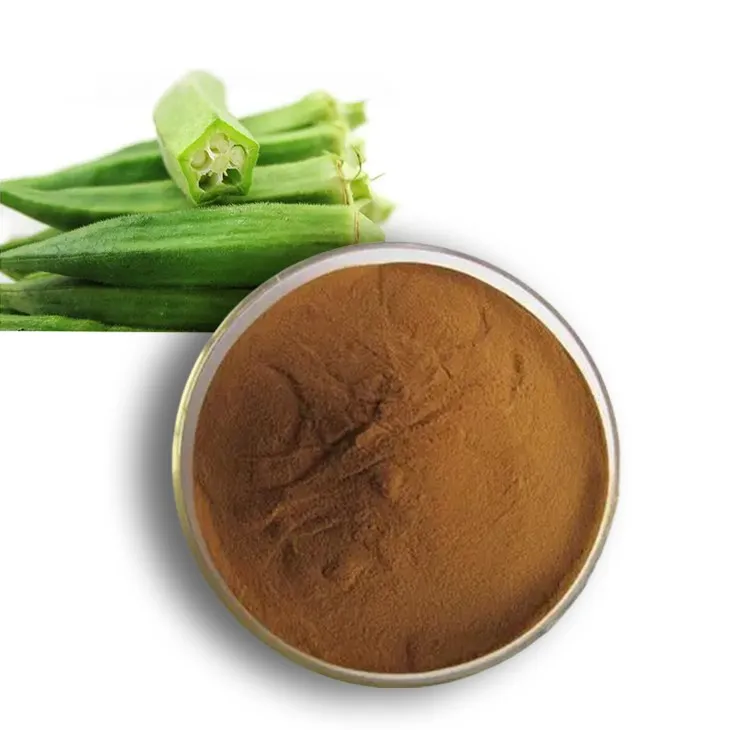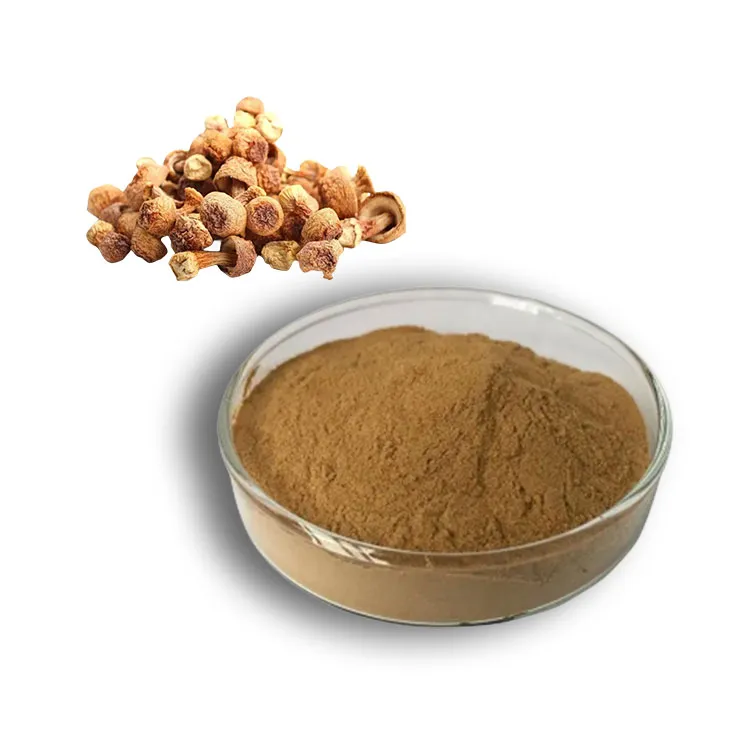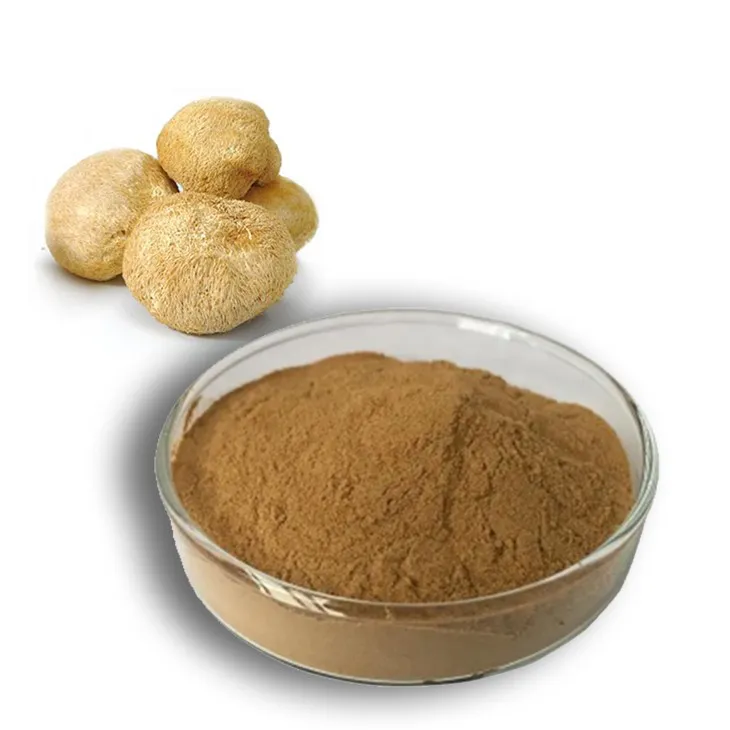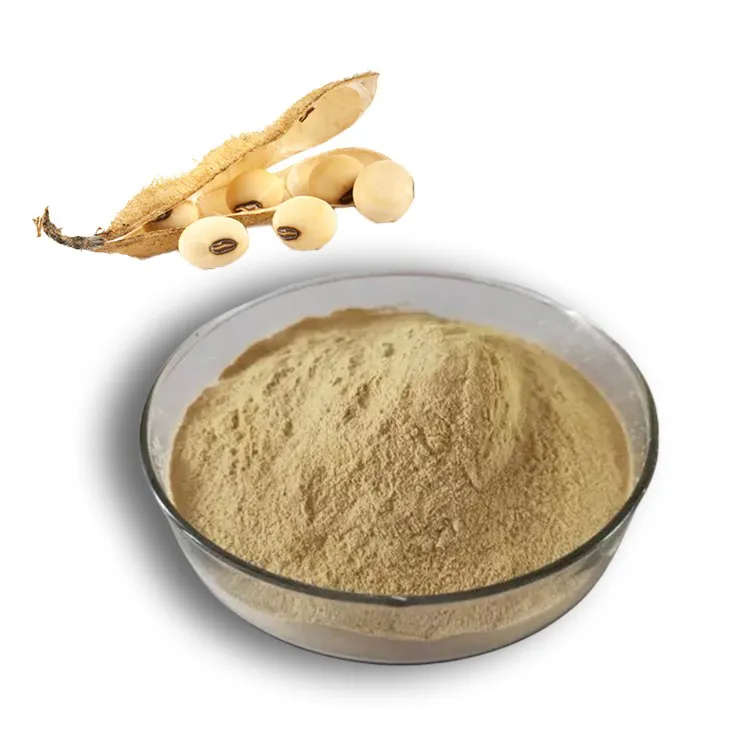- 0086-571-85302990
- sales@greenskybio.com
1 Bridging the Gap: A Comprehensive Review of DNA Extraction in Plant Cells
2024-07-29
1. Introduction
DNA extraction from plant cells is of paramount importance in multiple scientific fields. In genetics, it serves as the starting point for studying the genetic makeup of plants, which can provide insights into inheritance patterns and genetic diversity. In biotechnology, plant DNA extraction is crucial for genetic engineering applications, such as the development of transgenic plants with improved traits. In plant breeding, knowledge of the plant's DNA allows breeders to select for desirable characteristics more effectively.
2. Traditional DNA Extraction Methods
2.1 The CTAB Method
The Cetyltrimethylammonium Bromide (CTAB) method has been widely used for many years. CTAB is a cationic detergent that helps to disrupt cell membranes and solubilize cellular components. The process typically involves the following steps:
- Grinding plant tissue in liquid nitrogen to break down cell walls and membranes.
- Adding CTAB buffer to the ground tissue and incubating at a certain temperature, usually around 60 - 65°C. This step helps to further break down the cells and release the DNA.
- Removing proteins and other contaminants by extraction with chloroform - isoamyl alcohol. The DNA remains in the aqueous phase, while the proteins and other hydrophobic substances partition into the organic phase.
- Precipitating the DNA with isopropanol or ethanol. The DNA forms a visible precipitate, which can be collected by centrifugation.
However, the CTAB method has some limitations. One of the main challenges is that it can be affected by the presence of secondary metabolites in plant cells. For example, phenolic compounds can interact with DNA and proteins, leading to a decrease in DNA quality and yield.
2.2 The SDS Method
Sodium Dodecyl Sulfate (SDS) is another detergent used in DNA extraction. The SDS method is similar to the CTAB method in some aspects but also has its own characteristics.
- Plant tissue is first homogenized, usually in a buffer containing SDS. SDS disrupts cell membranes by solubilizing lipids.
- Proteinase K is often added to digest proteins. This helps to remove proteins that are associated with DNA and can interfere with subsequent analysis.
- After protein digestion, the DNA is purified by extraction with phenol - chloroform and precipitation with ethanol.
Like the CTAB method, the SDS method may face difficulties when dealing with plants rich in secondary metabolites. Additionally, SDS can be difficult to completely remove from the DNA sample, which may affect downstream applications.
3. Advanced DNA Extraction Techniques
3.1 Magnetic - Bead - Based Extraction
Magnetic - bead - based extraction is a relatively new and efficient method. It utilizes magnetic beads coated with specific ligands that can bind to DNA.
- Plant cells are lysed, and the lysate is mixed with the magnetic beads. The beads selectively bind to DNA in the solution.
- The beads with bound DNA are then separated from the rest of the solution using a magnetic field. This allows for easy removal of contaminants such as proteins and other cellular debris.
- The DNA can be eluted from the beads in a small volume of buffer, resulting in a highly concentrated and relatively pure DNA sample.
This method offers several advantages. It is relatively fast and can be automated, making it suitable for high - throughput applications. Moreover, it can be less affected by secondary metabolites compared to traditional methods.
3.2 Column - Based Extraction
Column - based extraction involves passing the cell lysate through a specialized column that contains a matrix which can bind to DNA. The general steps are as follows:
- Cell lysis is carried out, and the lysate is loaded onto the column.
- Washing steps are performed to remove contaminants. Different buffers are used to ensure the effective removal of proteins, salts, and other unwanted substances.
- The DNA is then eluted from the column using an appropriate elution buffer. The eluted DNA can be of high quality and suitable for various molecular biology applications.
Column - based extraction is also popular due to its convenience and reproducibility. However, the cost of the columns can be a limiting factor, especially for large - scale extractions.
4. Challenges in DNA Extraction from Plant Cells
4.1 Complex Cell Walls
Plant cell walls are a major obstacle in DNA extraction. They are composed of complex polysaccharides such as cellulose, hemicellulose, and pectin. These components make the cell walls rigid and difficult to break down completely. To overcome this, mechanical methods such as grinding in liquid nitrogen are often used. However, even with these methods, complete cell wall disruption may not be achieved in all cases, leading to lower DNA yields.
4.2 Secondary Metabolites
Plants produce a wide variety of secondary metabolites, including phenolic compounds, tannins, and alkaloids. These substances can interfere with DNA extraction in multiple ways. For example, phenolic compounds can oxidize and form cross - links with DNA and proteins, reducing the quality and quantity of the extracted DNA. Tannins can bind to DNA and prevent its proper precipitation. Alkaloids can also have inhibitory effects on enzymes used in the extraction process, such as proteinases.
To address the issue of secondary metabolites, various strategies have been developed. One approach is to add reducing agents such as beta - mercaptoethanol or ascorbic acid to the extraction buffer. These reducing agents can prevent the oxidation of phenolic compounds. Another strategy is to use pre - treatment steps, such as washing the plant tissue with a buffer to remove some of the secondary metabolites before the actual extraction.
5. Optimization for Different Plant Species
Different plant species have different characteristics that require specific optimization of DNA extraction methods. For example, woody plants often have thicker and more lignified cell walls compared to herbaceous plants. Therefore, more vigorous mechanical disruption may be needed for DNA extraction from woody plants. Some plants, such as those in the Solanaceae family, are known to be rich in secondary metabolites. For these plants, special attention should be paid to the removal of these substances during DNA extraction.
In addition, the age and tissue type of the plant can also affect DNA extraction. Younger tissues may generally be easier to extract DNA from as they have less lignification and fewer secondary metabolites. For example, leaf tissue is often a preferred choice for DNA extraction in many plants, but in some cases, root or seed tissue may be more suitable depending on the research question.
6. Optimization for Research Purposes
Depending on the research purpose, different levels of DNA purity and quantity may be required. For example, in polymerase chain reaction (PCR) - based studies, a relatively small amount of high - quality DNA is often sufficient. In genome sequencing projects, a large amount of high - purity DNA is required. For PCR, the DNA should be free of inhibitors such as proteins and salts that can interfere with the amplification reaction. In genome sequencing, the DNA should be of very high quality with minimal fragmentation and contamination.
To optimize DNA extraction for research purposes, it is important to consider the downstream applications from the start. This may involve adjusting the extraction protocol, such as using different buffers or purification steps, to meet the specific requirements of the research.
7. Conclusion
In conclusion, DNA extraction from plant cells is a complex but essential process in various scientific fields. Traditional methods such as the CTAB and SDS methods have been widely used, but they have their limitations. Advanced techniques like magnetic - bead - based and column - based extraction offer new opportunities for more efficient and high - quality DNA extraction. However, challenges such as complex cell walls and secondary metabolites still need to be carefully addressed. Optimization for different plant species and research purposes is crucial to ensure the successful extraction of DNA that meets the specific requirements of each application. Researchers and students in genetics, biotechnology, and plant breeding should be aware of these aspects to carry out their work effectively.
FAQ:
What are the traditional DNA extraction methods for plant cells?
The traditional DNA extraction methods for plant cells often include the CTAB (Cetyltrimethylammonium Bromide) method and the SDS (Sodium Dodecyl Sulfate) method. The CTAB method is particularly useful for plants with high polysaccharide and polyphenol contents. It works by forming complexes with nucleic acids, allowing for the separation of DNA from other cellular components. The SDS method, on the other hand, is a detergent - based method that helps in breaking down cell membranes and releasing DNA.
What are the advanced techniques for DNA extraction in plant cells?
Some of the advanced techniques for DNA extraction in plant cells are magnetic - bead - based extraction and microfluidic - based extraction. Magnetic - bead - based extraction uses magnetic beads coated with specific ligands that can bind to DNA. This allows for efficient separation and purification of DNA. Microfluidic - based extraction is a miniaturized technique that can handle small sample volumes with high precision. It offers advantages such as reduced reagent consumption and shorter extraction times.
How do complex cell walls in plant cells pose challenges during DNA extraction?
The complex cell walls in plant cells pose several challenges during DNA extraction. Cell walls are made up of cellulose, hemicellulose, and lignin in many plants. These components make it difficult for extraction reagents to reach the intracellular DNA. Mechanical disruption methods such as grinding are often required to break open the cell walls, but this can also lead to the shearing of DNA if not done carefully. Additionally, the presence of cell wall components can interfere with subsequent purification steps, for example, by co - precipitating with DNA.
What role do secondary metabolites play in the challenges of DNA extraction from plant cells?
Secondary metabolites in plant cells can cause problems during DNA extraction. Many plants produce secondary metabolites such as polyphenols, tannins, and alkaloids. These compounds can interact with DNA, either by binding to it or causing chemical modifications. For example, polyphenols can oxidize and form covalent bonds with DNA, leading to its degradation. They can also interfere with enzymatic reactions used in DNA extraction, such as restriction enzyme digestion and polymerase chain reaction (PCR), by inhibiting enzyme activity.
How are DNA extractions optimized for different plant species?
DNA extractions are optimized for different plant species based on their unique characteristics. For plants with high lipid content, additional steps such as lipid removal may be included in the extraction protocol. For species with tough or thick cell walls, more intense mechanical disruption or the use of specific cell wall - degrading enzymes may be necessary. Also, the choice of extraction buffer may be adjusted according to the pH requirements and the types of secondary metabolites present in the plant. For example, for plants rich in polyphenols, buffers with antioxidant properties may be used to prevent DNA damage.
Related literature
- Title: Improved DNA Extraction Methods for Difficult - to - Extract Plant Genomes"
- Title: "Optimization of DNA Extraction from Woody Plant Cells"
- Title: "Advanced Techniques in Plant DNA Extraction: A Review"
- ▶ Hesperidin
- ▶ citrus bioflavonoids
- ▶ plant extract
- ▶ lycopene
- ▶ Diosmin
- ▶ Grape seed extract
- ▶ Sea buckthorn Juice Powder
- ▶ Beetroot powder
- ▶ Hops Extract
- ▶ Artichoke Extract
- ▶ Reishi mushroom extract
- ▶ Astaxanthin
- ▶ Green Tea Extract
- ▶ Curcumin Extract
- ▶ Horse Chestnut Extract
- ▶ Other Problems
- ▶ Boswellia Serrata Extract
- ▶ Resveratrol Extract
- ▶ Marigold Extract
- ▶ Grape Leaf Extract
- ▶ blog3
- ▶ blog4
- ▶ blog5
-
Andrographis Paniculata Extract Powder
2024-07-29
-
Oyster Mushroom Extract Powder
2024-07-29
-
Sophora Japonica Flower Extract
2024-07-29
-
Wheat Germ Extract
2024-07-29
-
Lycopene
2024-07-29
-
Artichoke Leaf Extract
2024-07-29
-
Okra Extract
2024-07-29
-
Agaricus Blazei Extract
2024-07-29
-
Hericium erinaceus extract powder
2024-07-29
-
Soy Extract
2024-07-29











